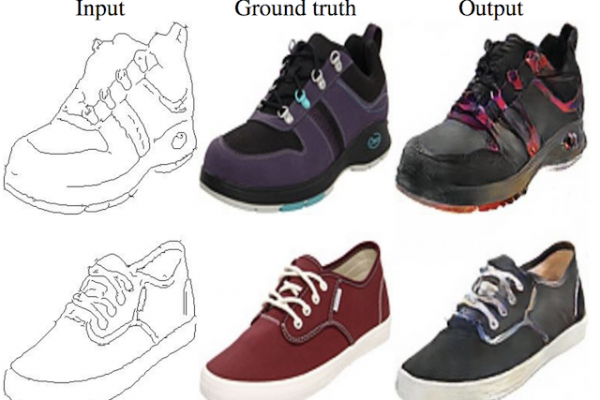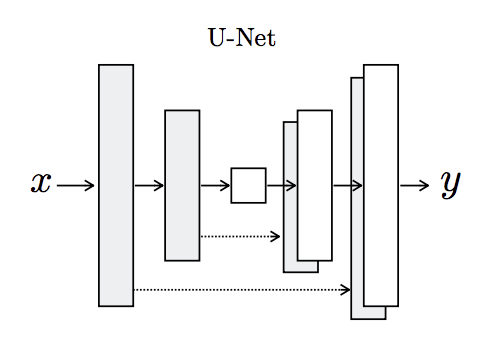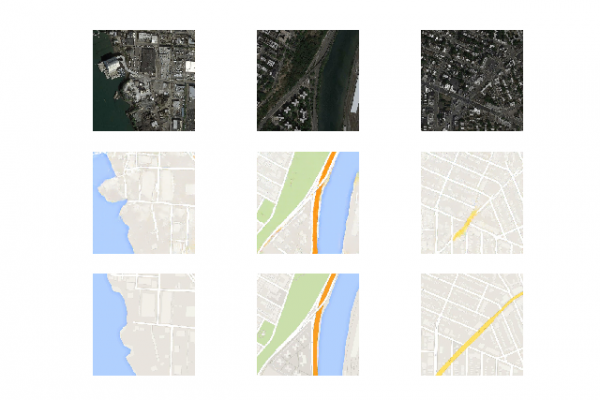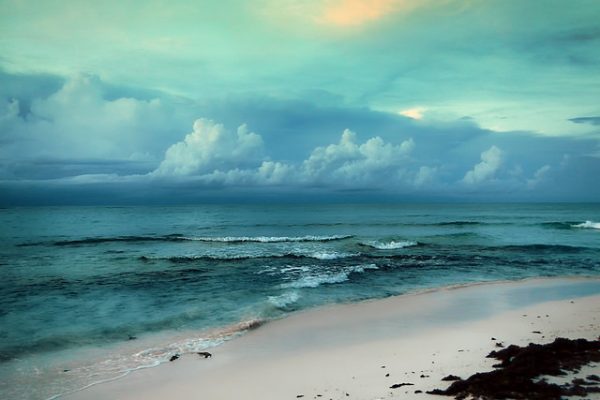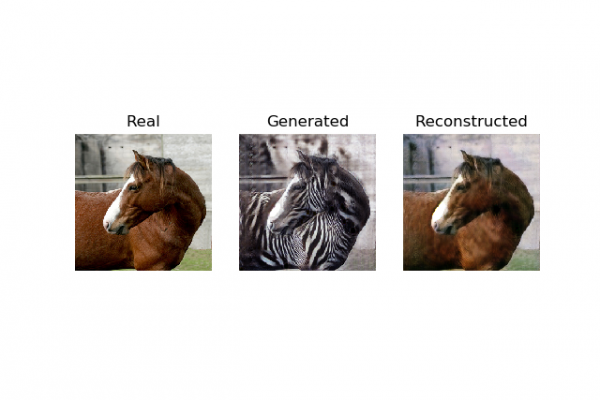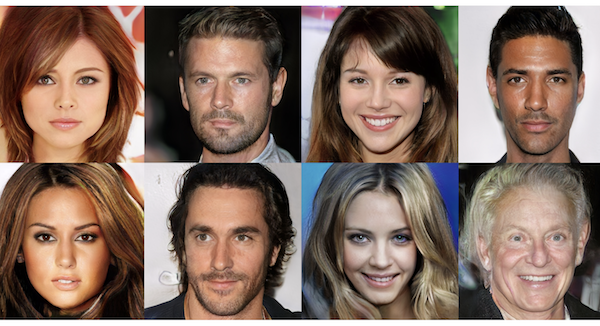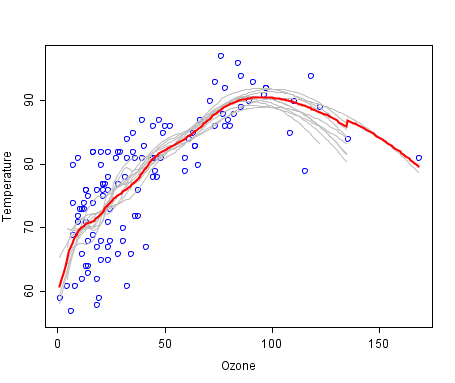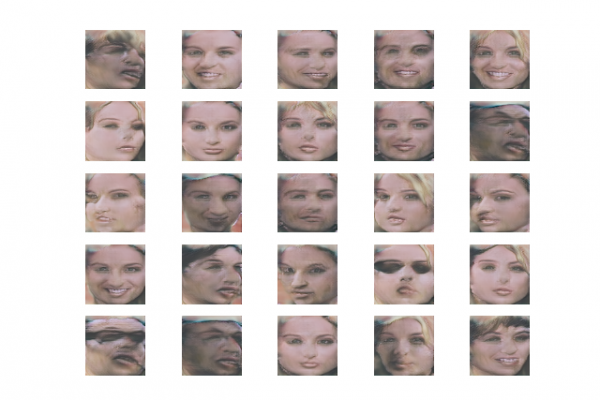A Gentle Introduction to Pix2Pix Generative Adversarial Network
Last Updated on December 6, 2019 Image-to-image translation is the controlled conversion of a given source image to a target image. An example might be the conversion of black and white photographs to color photographs. Image-to-image translation is a challenging problem and often requires specialized models and loss functions for a given translation task or dataset. The Pix2Pix GAN is a general approach for image-to-image translation. It is based on the conditional generative adversarial network, where a target image is […]
Read more